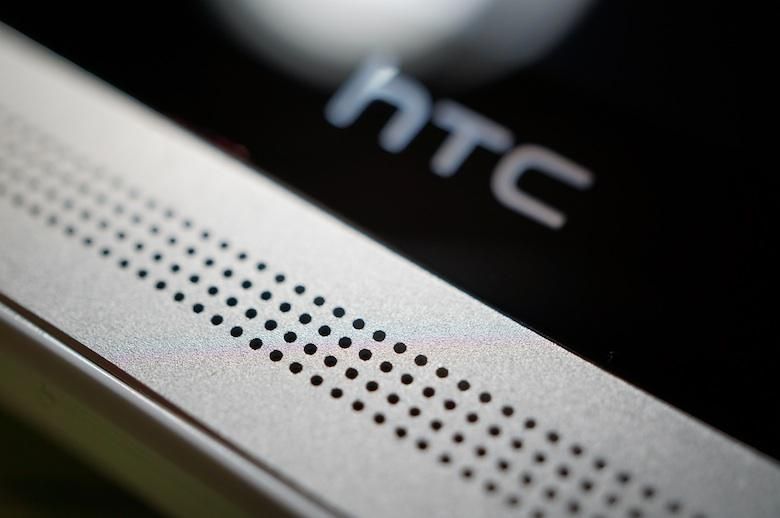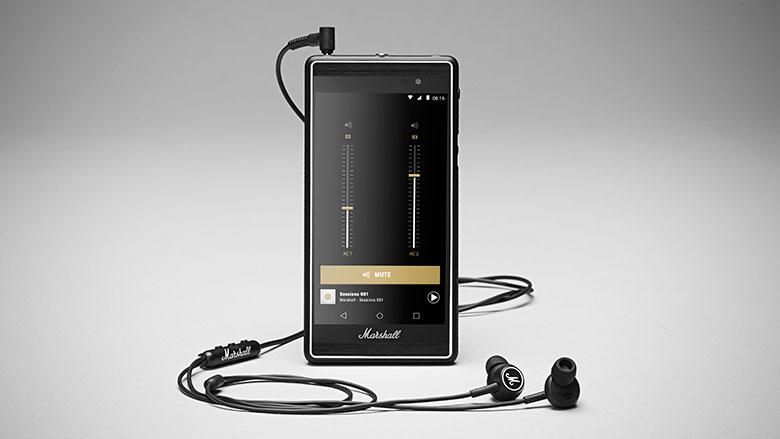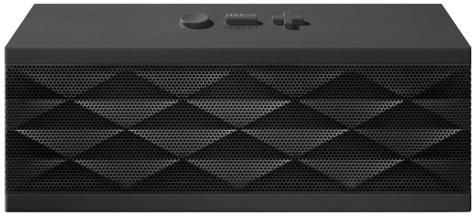Audio quality is becoming more and more important in smartphones these days. Whether it’s out loud or through headphones, a lot of consumers want to hear their music in a high quality format. They want to watch their movies with 5.1 surround sound. Some Android OEMs have recently begun putting emphasis on quality audio. HTC famously has its BoomSound speakers, which popularized the widespread use of front-firing speakers in modern smartphones. Other companies like ZTE with its Axon phone have placed focus on high-fidelity audio via built-in DACs (that’s digital-to-analog converters). With so many manufacturers trying so many different ideas, there are bound to be ideal audio experiences for all different kinds of people … but what’s the best audio experience universal for most people?
Right now, most phone-centric audio experiences begin with … well, the phone itself. Sure, there are external converters and expensive rigs, but as previously mentioned, quite a few OEMs have been playing with hardware modifications to provide an optimal sonic experience right in your pocket. So why not take it a step further? Imagine a phone like the Galaxy Camera, which almost foregoes its identity as a phone entirely and instead priorities imagery first, but instead focusing on audio. Maybe it would look something like the HTC Surround from years ago, with a slideout speaker of sorts. There could be a large speaker driver, or a tiny mixer with hardware sliders. Maybe an output to connect to high quality external speakers, even studio monitors. Some might even enjoy dual 3.5mm jacks, as found on the Marshall London, for sharing headphone listening with a friend.
Then again, maybe the best solution to achieving great sound with Android isn’t by modifying your phone — after all, too much tweaking and your phone becomes little more than an audio receptacle that also happens to make phone calls and texts. Maybe the real answer is in utilizing Android’s diversity as a platform not only for smartphones and tablets, but for home appliances and equipment in what’s known as the Internet of Things. Google’s Project Brillo brings a unified software experience to IoT devices, and helps them interact with Android smartphones … perfect for a remotely controlled sound system. Just as Sonos has been doing for years, perhaps the optimal way for most audiophiles to enjoy their music with the help of their Android devices is in using them to control an arrangement of high-performance speakers. Pair to them via Bluetooth, stream hi-fi music to the speakers, and control everything from the handset; tracks, equalization, and so on. No matter what hardware modifications are made to smartphones, outward audio from such a small device simply can’t match having digital converters, pre-amps, and large speakers at your disposal, so simply using the phone as a central control hub for a bigger, better system will undoubtedly yield better results.
Touching back on more portable solutions, what about dedicated mobile hardware, similar to MP3 players? The Logitech UE Boom is one of my favorite accessories, a Bluetooth speaker that I use every single day. It’s a bit big for a pocket, but there are smaller speakers out there, some of which can fit into pockets, and they still sound miles better than even the loudest, clearest smartphone speakers. These speakers always rely on Bluetooth, always have minimal controls (usually power, pairing mode, and volume controls), and can quickly become a pain to set up, especially when connecting to multiple devices. So why not cut out the Bluetooth and smartphone entirely, and turn the speaker into a self-sufficient device? Slap a small touch screen on there — say, 3-3.5″ or so, and add microSD support so that users can store their own tracks without having to worry about eating up data plans with streaming or degrading audio quality.
There are quite a few possible options in favor of Android for audiophiles, but the bottom line is this: a phone may not directly be the best way to deliver a premium listening experience to the various niche groups out there. It’s likely the most convenient way, sure, whether that’s through built-in speakers, or just controlling connected speakers and audio devices. But maybe rather than hoping for a smartphone with crazy speakers or a DAC, we should look to Android simply for augmenting dedicated audio hardware.
Dushyant Shrikhande contributed to this post.



